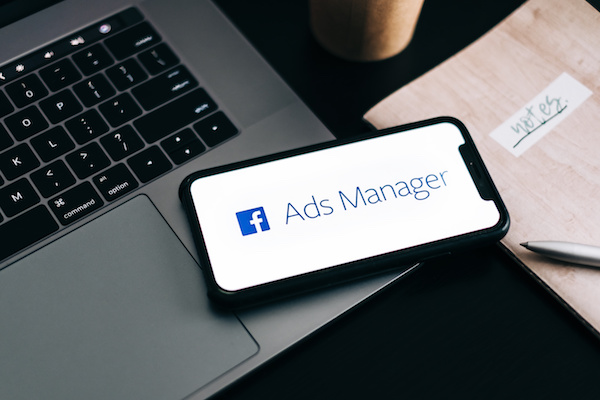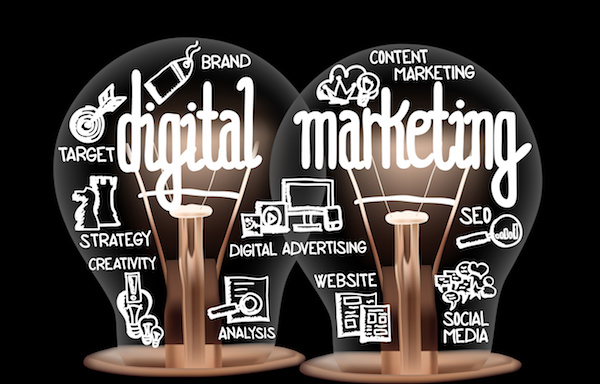
Harnessing the power of Google Ads can significantly elevate your brand’s visibility and drive conversions. As businesses strive to maximize their online presence, mastering the art of managing Google Ads becomes essential. Here are some valuable tips to help you effectively navigate and optimize your Google Ads campaigns.
Strategic keyword selection
Keywords are the backbone of any successful Google Ads campaign. By conducting thorough keyword research to identify terms relevant to your business and target audience, our team can help you to attract high-intent users. With research into long-tail keywords, we can create copy that enhances your ad’s relevance and improves your business’s click-through rates.
Compelling ad copy
The ad copy needs to speak directly to your audience’s needs and desires. By highlighting unique propositions, offers, and benefits, you’re more likely to entice users to click. We also recommend sneaking in the keyword, “advertise on Google” strategically within your ad copy to improve relevance and visibility. As part of our service, A/B testing will be conducted for different ad variations to identify which are top performances. This allows us to continually refine your messaging for maximum impact long-term.
Targeting
Did you know that you can leverage Google Ads’ advanced targeting options to reach your ideal audience? This can be done by segmenting your audience based on demographics, interests, and behaviour. You can also tailor your Google Ads to remarket to specific lists by adjusting your parameters. This optimizes your performance and maximizes ROI.
Optimized landing pages
A seamless user experience is essential for those looking for success in their Google Ads campaigns. Ensure that your landing pages are optimized for relevance, speed, and conversion. Also, align the messaging and design of your ads with the layout of your landing pages to create a cohesive experience for your visitors. Lastly, implement clear calls-to-action (CTAs) and minimize friction points to facilitate a more effortless process for added conversions.
Data-driven optimization
The power of data allows businesses to have insight that allows them to refine and optimize their Google Ads campaigns. By monitoring key metrics such as click-through rate (CTR), conversion rate, cost-per-click (CPC, and return on ad spend (ROAS), you can best gauge each ad’s performance and identify what areas need improvements.
Regular performance reviews
By staying proactive by regularly reviewing and analyzing the performance of your Google Ads campaigns. Identifying these trends and patterns offers opportunities to fine-tune your strategies and drive better results. Here at Trek Marketing, we make it our mission to experiment with ad formats and change up our bidding strategies so that we can target new customers and maintain a competitive advantage for our clients.
By implementing these tips for effective management of Google Ads, you can unlock the full potential of this powerful advertising platform. That said, working with Trek Marketing puts our strategic thinking to the test, so you can focus on your business and stay ahead of the competition at all times.
Do you currently advertise on Google? Drop a comment below to share with our readers.
Alex Wilks has been working as a copywriter and digital marketing strategist since 2018, with added specialties in social media and email marketing. With a Bachelor’s Degree in Journalism and Communication, she is a natural content writer with the ability to connect well with her target audience.


















